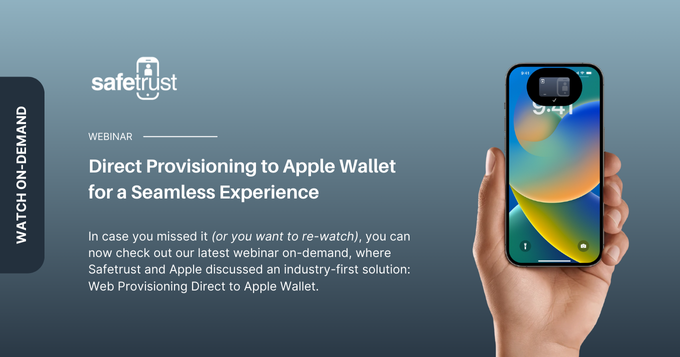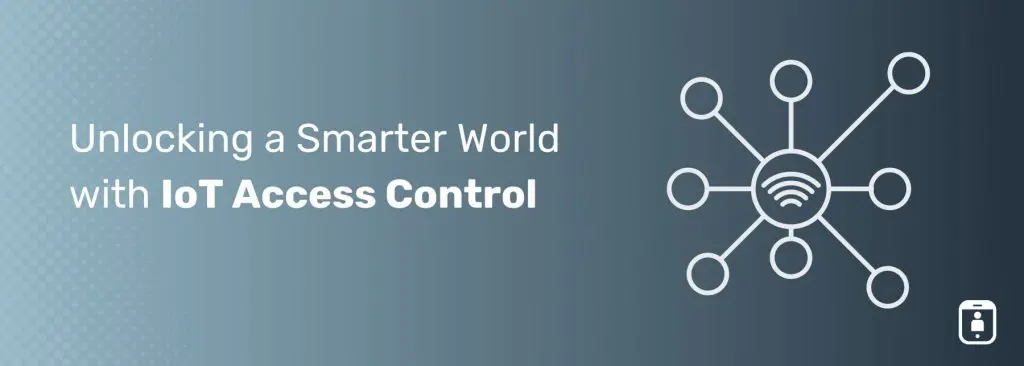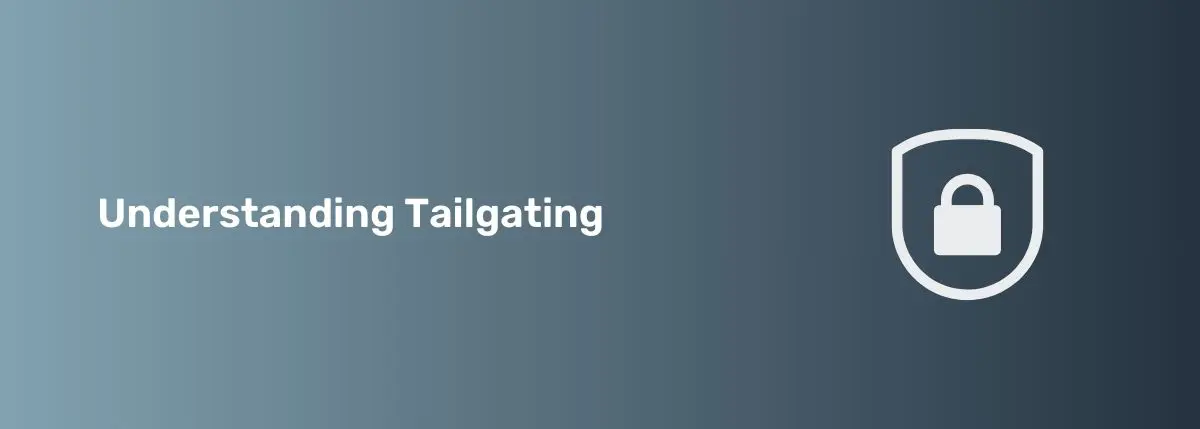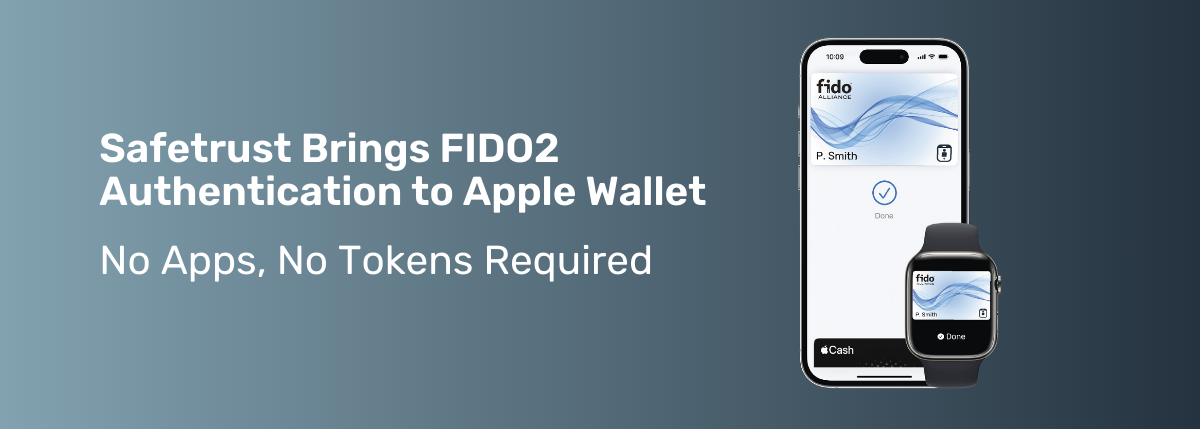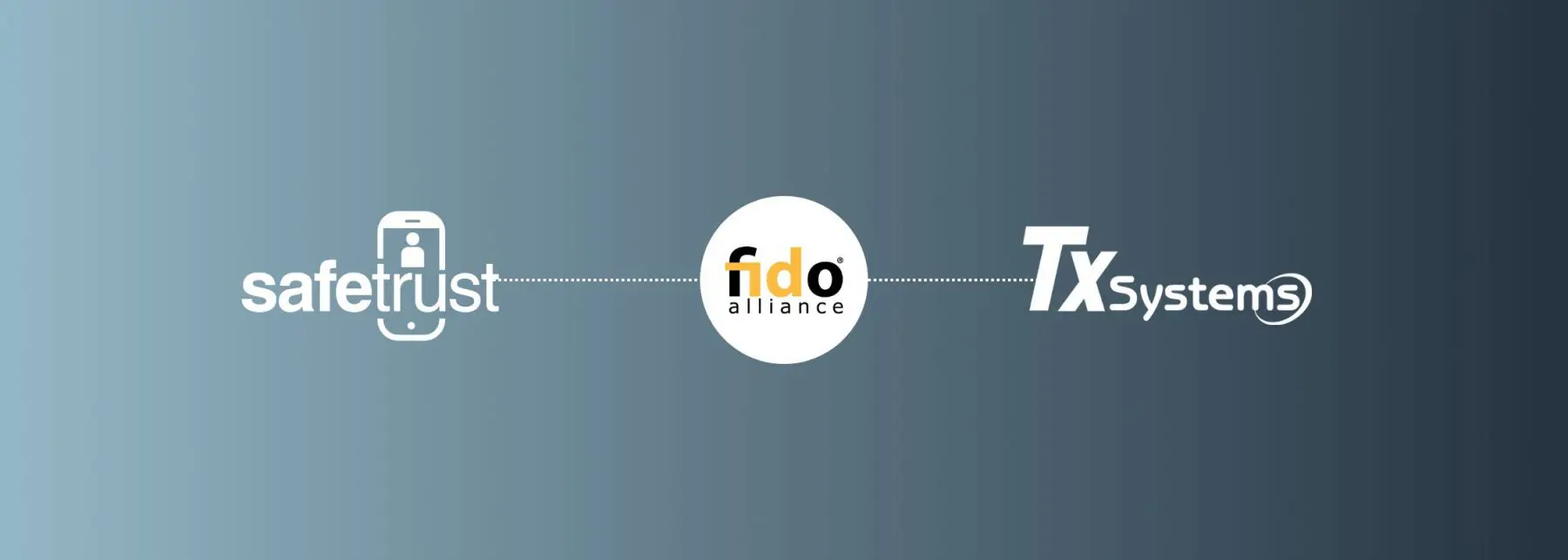The Invisible Network Transforming Your Daily Life
The Internet of Things (IoT) is not a distant concept for tech experts anymore. In fact, chances are that you’ve already interacted with an IoT device today. Whether it’s your trusty smartphone, a sleek smartwatch, or a helpful voice assistant, these examples of connectivity and convenience are precisely what power IoT access control.
IoT access control is more than a futuristic notion; it’s a practical solution that offers numerous benefits to residents, tenants, installers, property owners, and managers alike. In this article, we’ll explore the essence of IoT access control and examine its numerous benefits.
The Essence of IoT Access Control
At its core, IoT access control is a method for managing physical access control elements such as doors, locks, and credentials. It enhances these components by infusing them with internet compatibility, allowing seamless data exchange and communication.
As IoT further intertwines our global landscape, various industries are tapping into its capabilities. For instance, farmers utilize IoT for monitoring pest control, while medical facilities implement it to enhance patient safety. Access control providers are no exception, as they leverage IoT technology to simplify building access for tenants, visitors, and property staff.
Deciphering the Inner Workings
The mechanics behind IoT access control are intriguing. It employs the power of the Internet of Things to empower credential readers, locks, and door openers to communicate via the internet. Unlike traditional methods that rely on radio waves or Bluetooth, this approach facilitates the exchange of a higher volume of data, enhancing the user experience and providing staff with valuable insights.
Unveiling the Building Blocks
Now that we’ve grasped the essence of IoT access control, let’s break down its core components:
- Credentials: These come in various formats, spanning from digital plastic ID cards and key fobs to smartphone applications that transmit wireless signals. Tenants possess these credentials, enabling the seamless transfer of essential information to the card readers.
- Reader: Readers play a pivotal role in the authentication process. The type of reader chosen dictates the type of credential users must possess, whether it’s fob readers, Bluetooth readers, smartphone-based readers, or other variants.
- Electric or Magnetic Lock: After confirming the credential’s validity, the reader signals the electric or magnetic lock to disengage, granting access to authorized individuals.
The Resident’s Journey with IoT Access Control
So, how does a resident navigate a building secured by IoT access control? The process is streamlined:
- Credential Presentation: Residents present their credentials, either through physical contact or remote scanning by the reader.
- Credential Verification: The reader employs antennas and sensors to read the credential’s data, comparing it with a database of resident credentials.
- Door Unlocking: Upon detecting a match, the reader instructs the door lock to disengage, granting the tenant access to the property.
The Benefits of Embracing IoT for Access Control
The impact of technology on our lives is undeniable, with the internet revolutionizing connectivity and access to information. IoT access control systems offer several compelling benefits that simplify door and building access without adding complexity to system management:
- Seamless Wireless Integration: IoT access control systems are wireless, eliminating the need for invasive construction work. A single connection for power and internet streamlines installation, reduces maintenance costs, and minimizes hardware malfunctions.
- Keyless Convenience: Unlike traditional access control systems that rely on physical keys, IoT access systems provide residents with fobs, key cards, or smartphone-based access, simplifying replacement and management.
- Integration-Ready: IoT access management facilitates hassle-free access to amenities such as conference rooms. Digital credentials created via an online dashboard eliminate the need for physical credentials and offer a simple, convenient solution.
In conclusion, IoT access control is reshaping the way we manage physical access. It brings a seamless blend of convenience, security, and efficiency to our daily lives. By embracing this innovative technology, you open the door to a smarter, more connected future where access control seamlessly integrates into your everyday routines.
In today’s complex digital landscape, it’s impossible to overstate the significance of identity governance. In an era where security breaches are escalating and cyber threats are constantly evolving, the traditional way of managing identities will no longer cut it! This is why, for companies like Safetrust, championing the cause of advanced identity governance is essential.
–––––
Want an easy way to keep up with the latest physical security news and trends?
Look out for our monthly TechTalk web series on our events page. And follow us on your favorite social channels: LinkedIn, Twitter, and Facebook.
